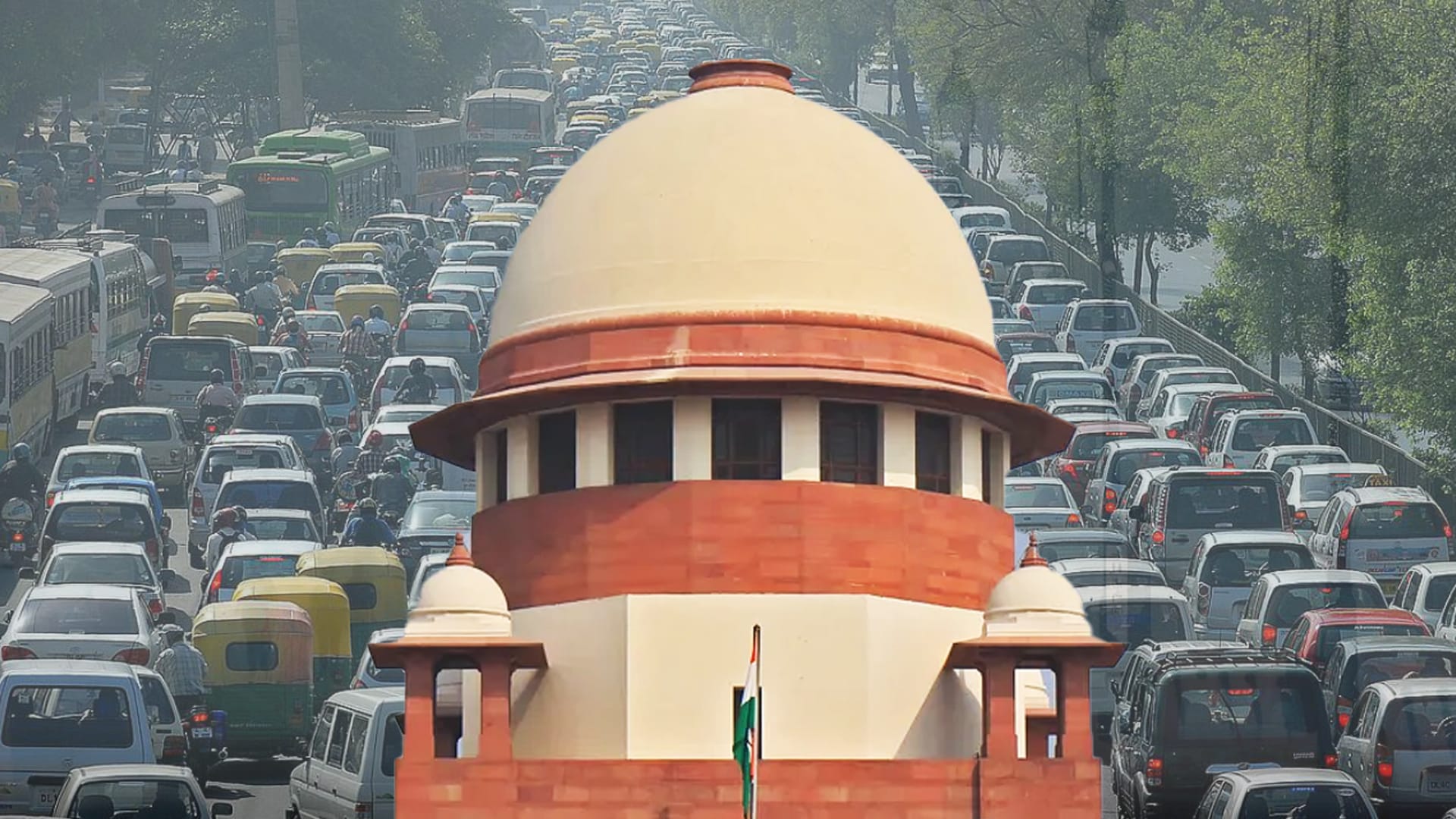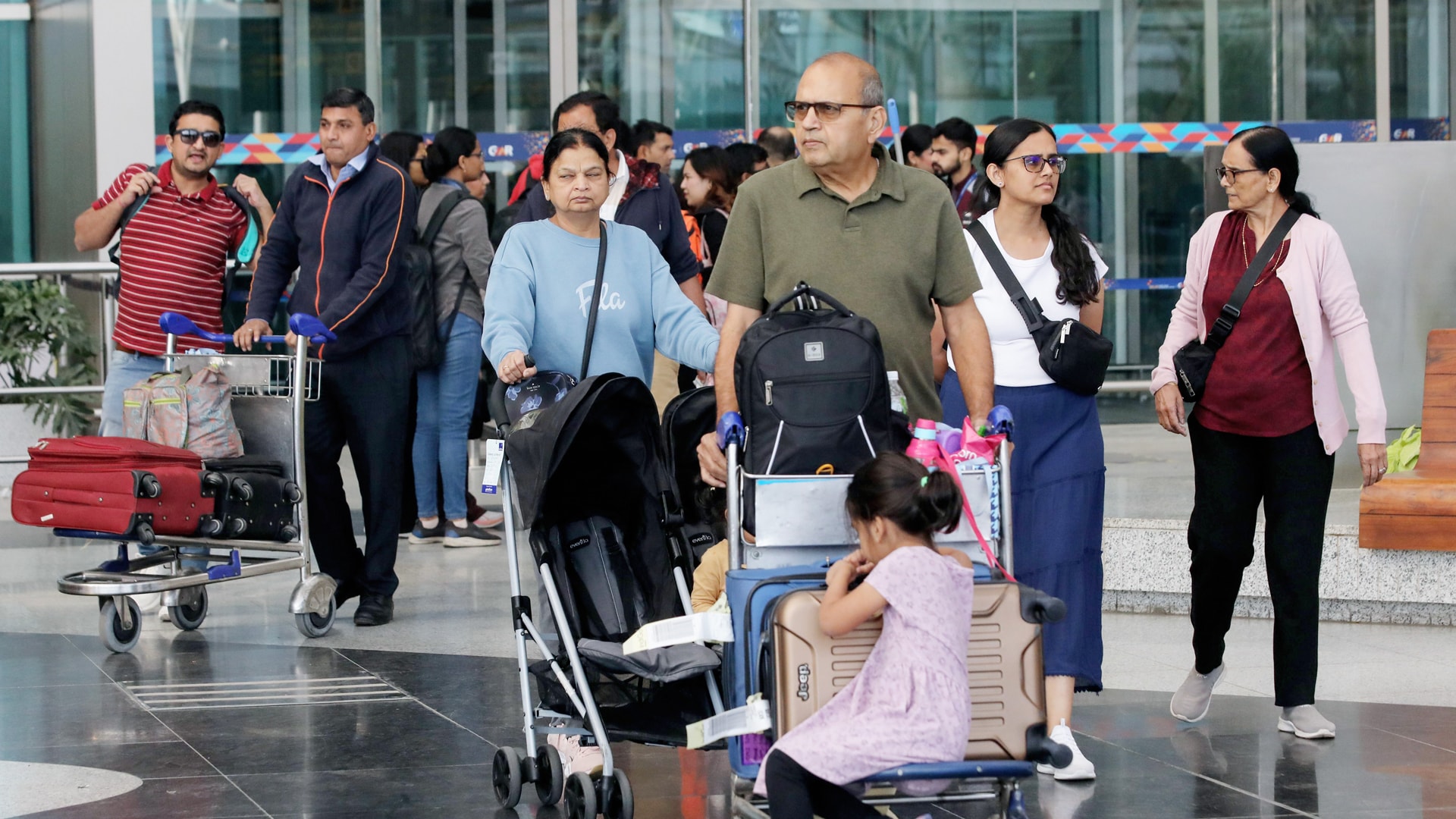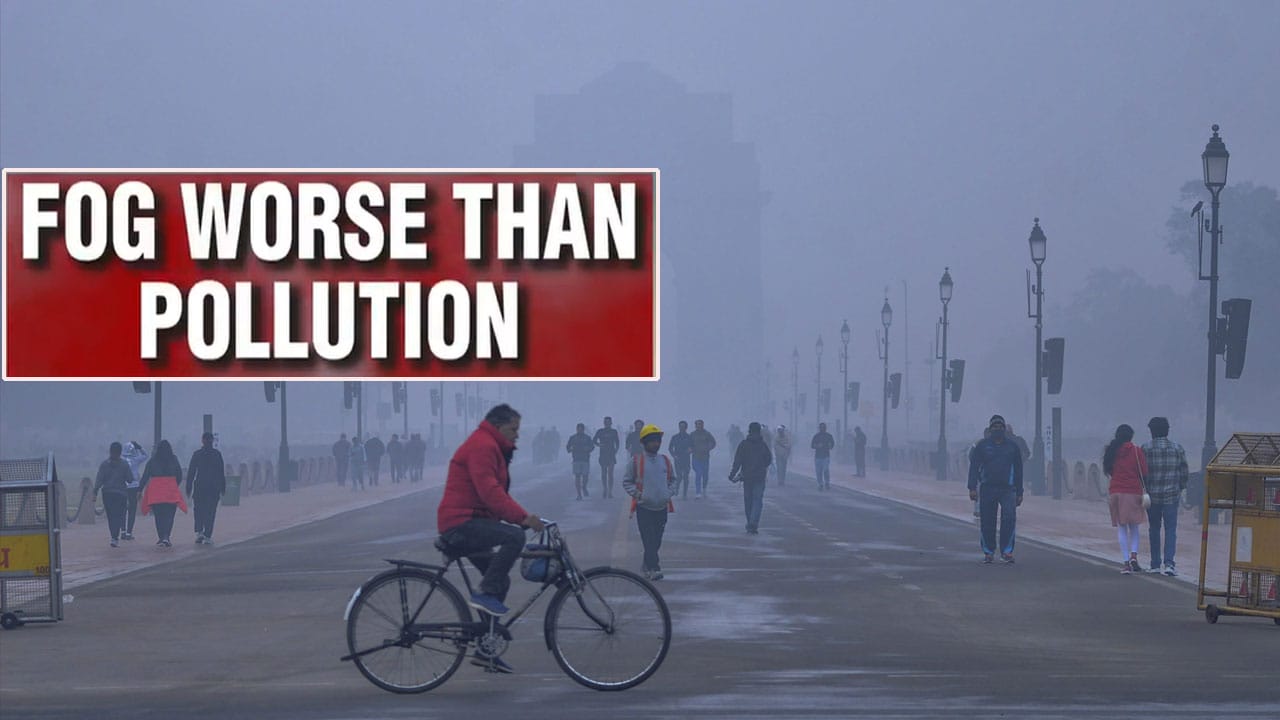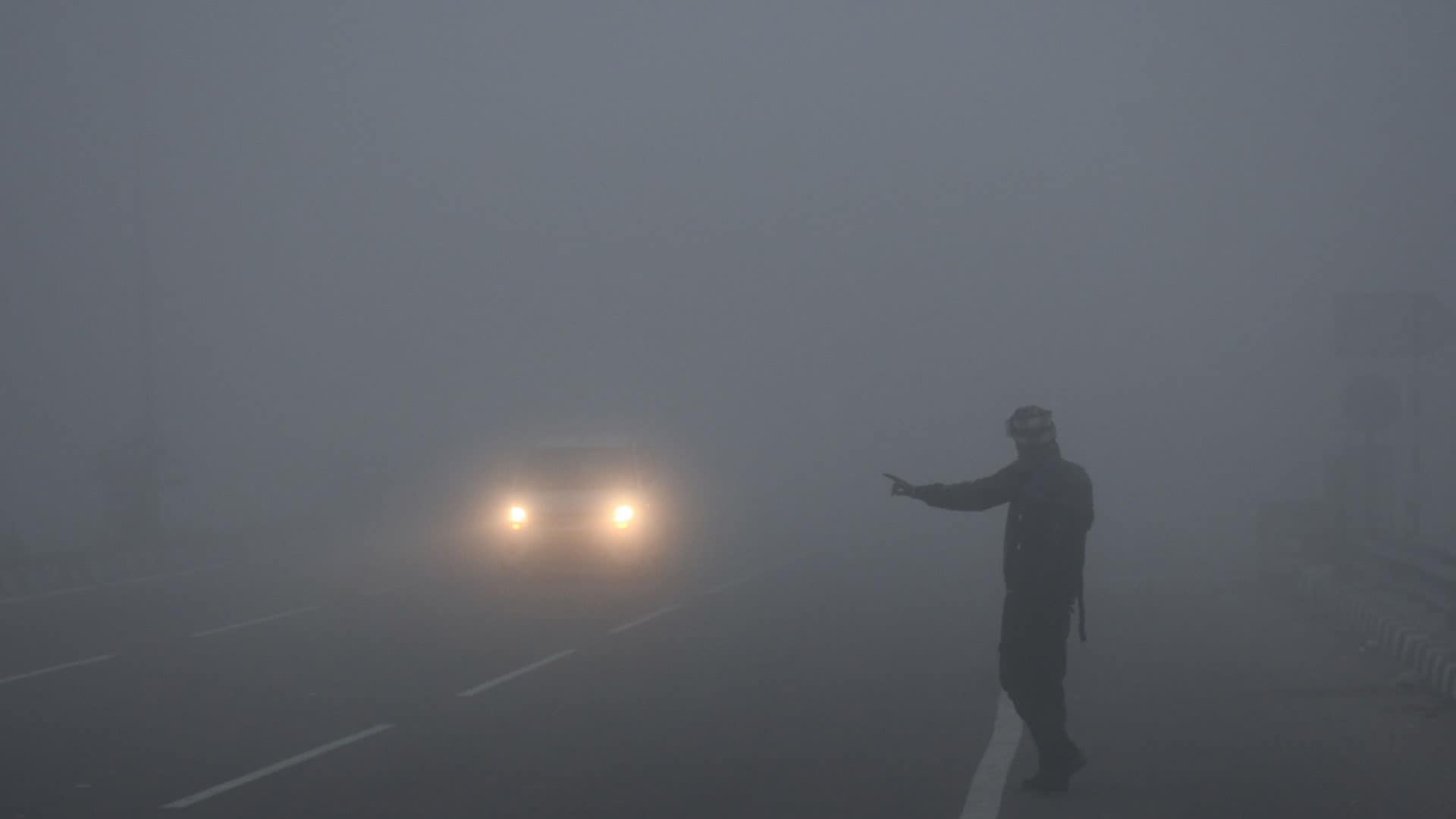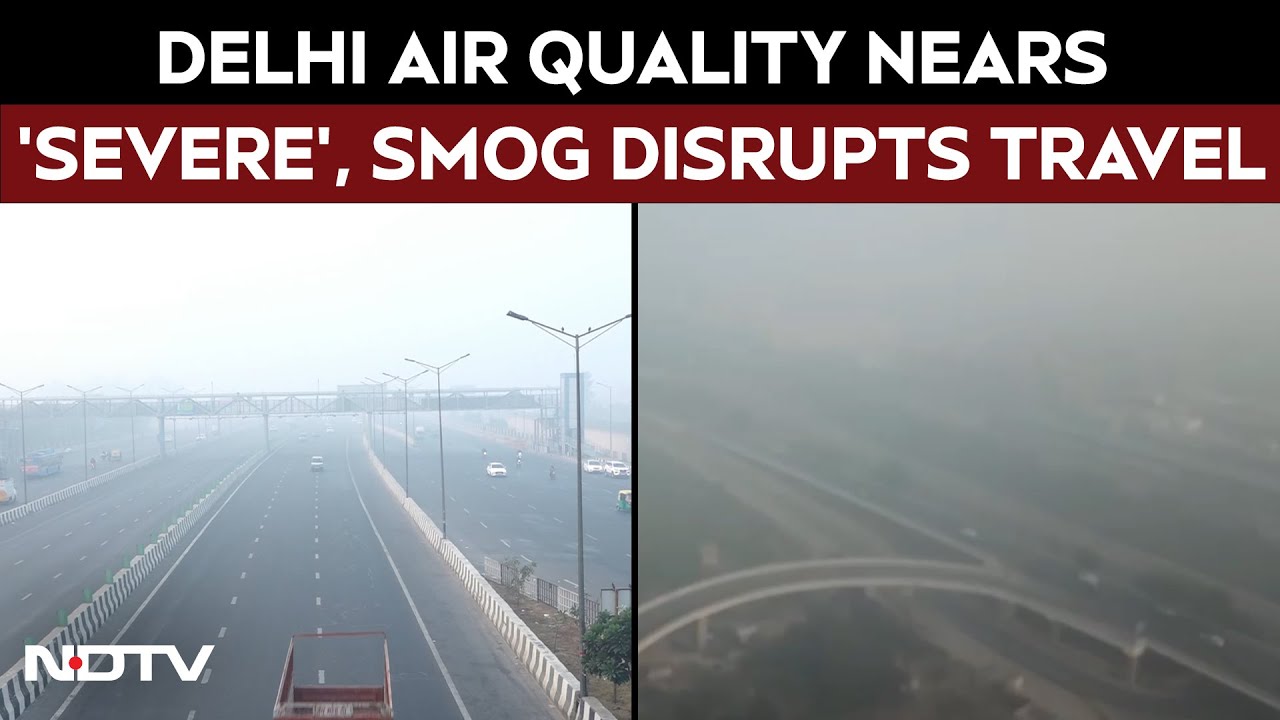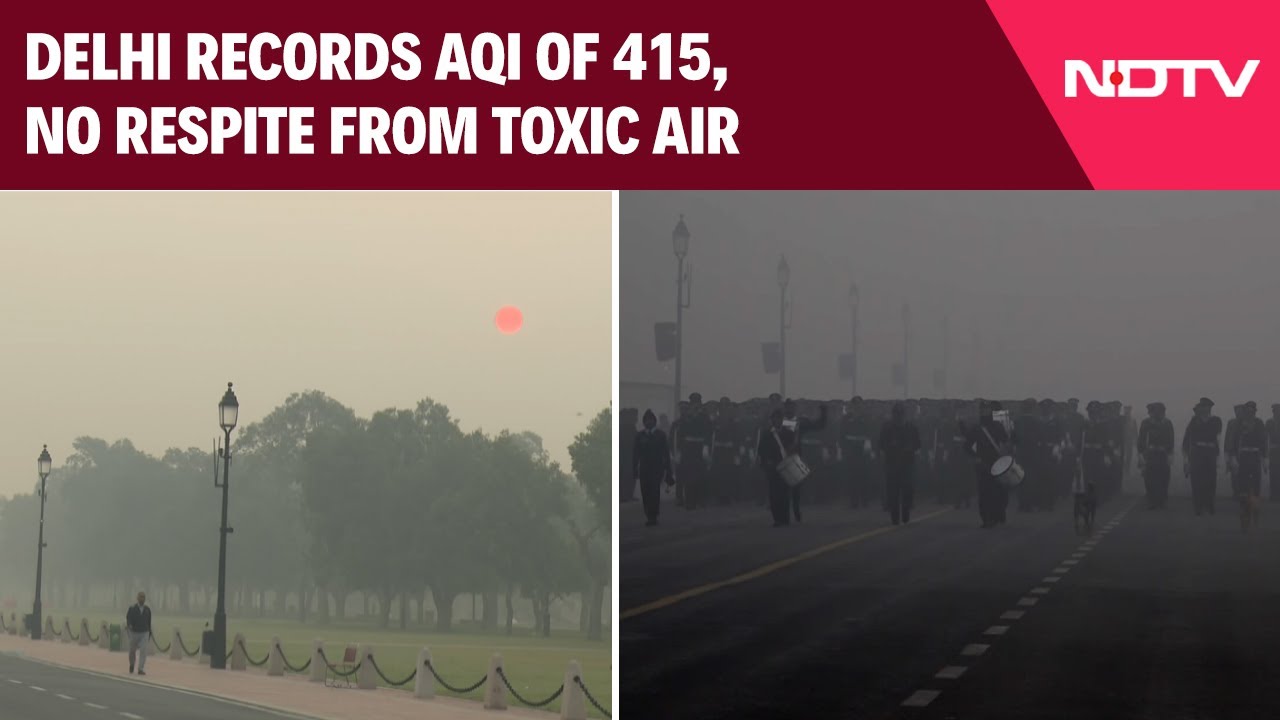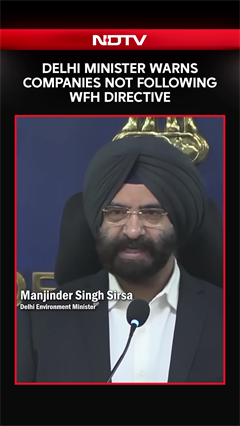- Home/
- Explained: What Is Cloud Seeding And Why Delhi Plans To Do It In September
Explained: What Is Cloud Seeding And Why Delhi Plans To Do It In September

Highlights
- Delhi will conduct its first cloud seeding flights from August 30 to September 10, delayed from July
- The Rs 3.21 crore project will use five modified Cessna aircraft to trigger rainfall and reduce pollution
- Cloud seeding involves adding substances like silver iodide to clouds to induce rain or snow
Delhi, infamous for its air pollution, will witness the first-ever cloud seeding flights between August 30 and September 10, a delay from its initial plan of conducting artificial rain between July 4 and 11. The dates have been revised following expert recommendations from the India Meteorological Department (IMD) and the Indian Institute of Tropical Meteorology (IITM), Pune.
Announced by Delhi Environment Minister Manjinder Singh Sirsa, the Rs 3.21 crore project titled 'Technology Demonstration and Evaluation of Cloud Seeding as an Alternative for Delhi NCR Pollution Mitigation,' will deploy five modified Cessna aircraft for cloud seeding, triggering rainfall and reducing air pollutants.
To begin with, the project will cover low-security air zones in northwest and outer Delhi. Each sortie, lasting around 90 minutes, will cover around 100 square kilometres.
Also Read | Delhi Cloud Seeding Trials Green Lit: When, Where They Will Be Conducted
What Is Cloud Seeding
Cloud seeding is the process of adding special substances like silver iodide and dry ice to clouds to make it rain or snow in areas experiencing water scarcity, less snowfall, or to reduce hail and clear fog. It can be done using airplanes, rockets, or machines on the ground.
The formulation, developed by IIT Kanpur, includes silver iodide nanoparticles, iodised salt, and rock salt.
Why Delhi Is Pushing For Artificial Rain
The national capital, Delhi, is infamous for its air pollution problem. Barring a few months, the city experiences high levels of pollution throughout the year. In a bid to provide 'clean air' to its citizens, the Delhi government has been considering cloud seeding or artificial rain for months.
Delhi remained India's most polluted megacity by a wide margin during the 2024-25 winter, with an average PM2.5 concentration of 175 micrograms per cubic metre, according to an analysis by the Centre for Science and Environment.
The air pollution in the city is reducing citizens' life expectancy by an average of 11.9 years compared to the World Health Organisation's (WHO) guidelines, according to a report by the Energy Policy Institute at the University of Chicago (EPIC).
Why Delhi Changed Dates
Delhi government's initial plan to conduct artificial rain between July 4 and 11 drew criticism for inducing rain during monsoon, when pollution levels are relatively low and wasting crores of money. The concern is genuine, but not right. According to the experts, monsoon clouds are required for the seeding.
Cloud seeding is said to work only when there are already clouds in the sky and can increase rainfall by about 5-15 per cent.
IMD and IITM, Pune, suggested that monsoon cloud patterns during this window may not support optimal cloud seeding, hence, it has been pushed to August end and early September.
Is Cloud Seeding Effective To Reduce Air Pollution
Cloud seeding is more like a stopgap arrangement than a solution to the problem of Delhi's air pollution, said Sunil Dahiya, Founder and Lead Analyst at Envirocatalysts. "We aren't tackling pollution at source so cloud seeding will not help reduce pollution levels in the long run. We can deploy it on days when pollution levels skyrocket, for example, a day after Diwali, but it isn't a solution," said Mr Dahiya in an interview with NDTV.
Mr Dahiya also believes that conducting a pilot in September won't give the correct picture, as during monsoon, clouds have higher moisture. "Pilots which depend on meteorological conditions should be carried out in the same conditions as they are to be deployed. In the case of Delhi, the plan is to use cloud seeding in winters," he added.
also read
44% Indian Cities Face Chronic Air Pollution, Only 4% Under National Clean Air Programme
Press Trust of IndiaDelhi's Toxic Winter Air May Carry Drug-Resistant Superbugs, Study Warns
Written by Shreya GoswamiCentral Pollution Body Pulled Up By Supreme Court Over Tardiness, Adjournment
Reported by Nupur Dogra





